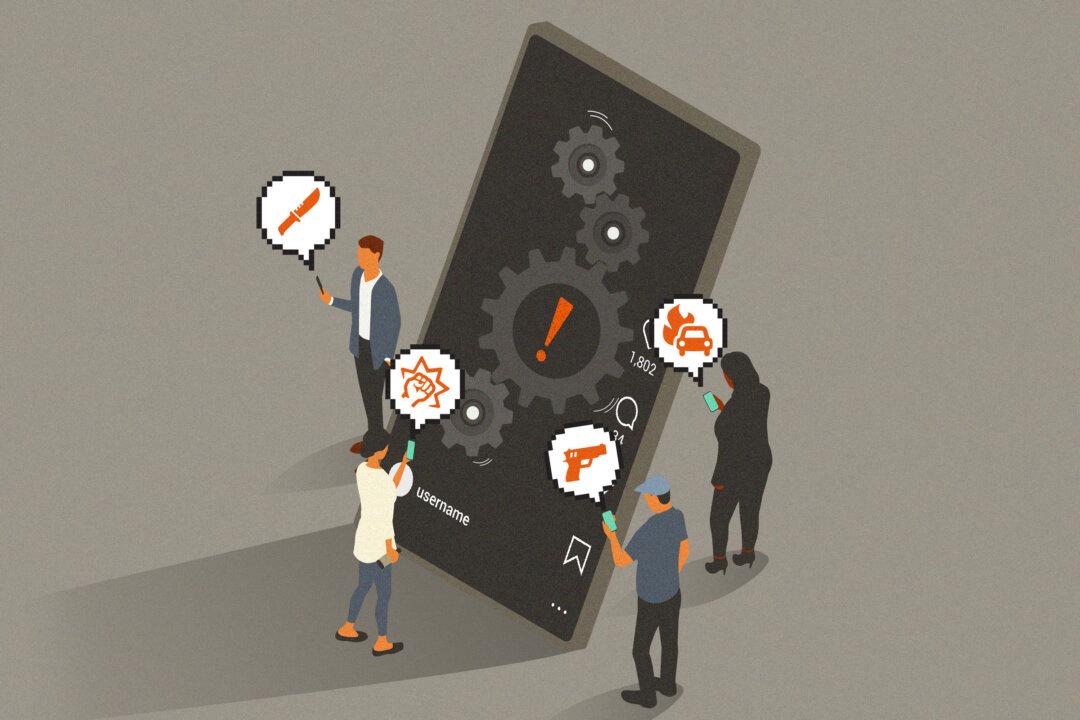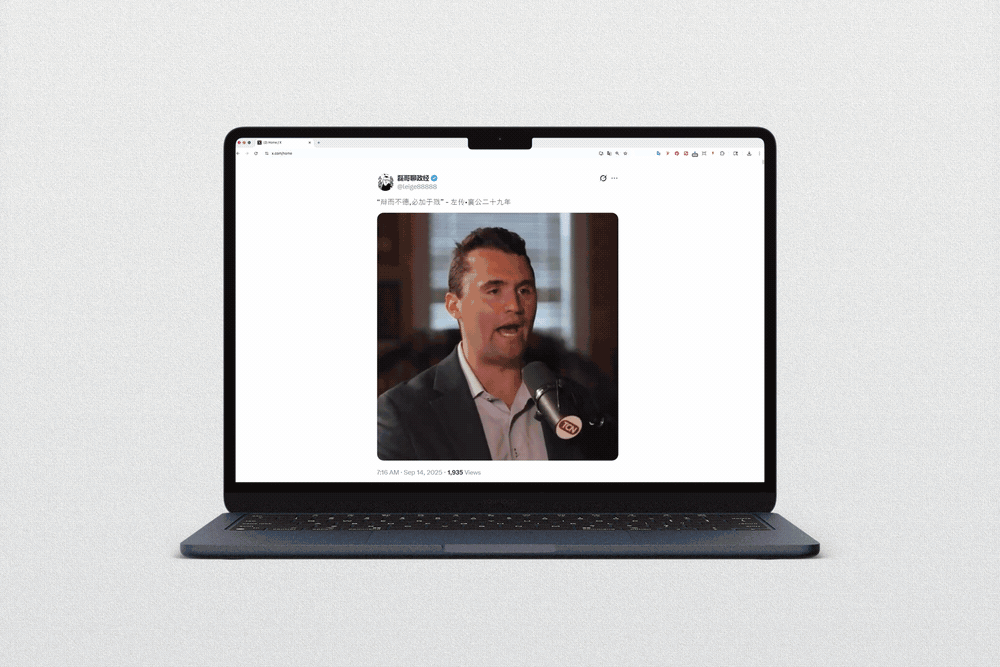The decades-long ban on cellphones is to be lifted in New York City schools in two months, Mayor Bill de Blasio announced Wednesday. Though alleviating inequity between schools that have and those that have not strictly enforced the ban, the planned change raises concerns over discipline and safety.
The new policy in the city will be that students can have the phones, and other gadgets, but must keep them hidden or stored in a designated location.
"I know that families and children feel safer when our students have access to cellphones."





